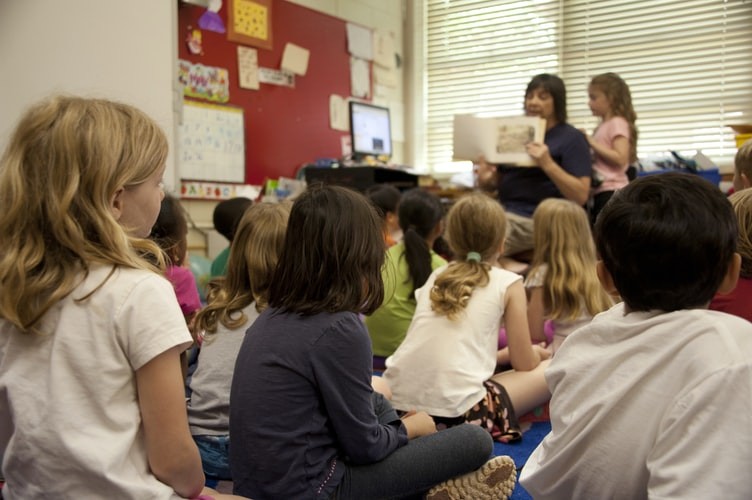
The New York Times: School Closures in the Spring Saved Lives, Study Asserts
UC pediatrics professor says study reviewed time frame before masks and social distancing encouraged
Closing schools across most of the U.S. in March, at the start of the COVID-19 pandemic, likely reduced infections by 1 million and saved more than 40,000 people from dying due to the virus, according to a new study from researchers at Cincinnati Children’s, the University of Cincinnati and Pediatric Research in Inpatient Settings Network in Ohio. The findings, published in the Journal of the American Medical Association, come amid a worldwide debate on whether, when and how to reopen schools, including for some 56 million American students, kindergarten through high school.
The study’s authors include Katherine Auger, MD, attending physician in the Division of Hospital Medicine at Cincinnati Children’s and UC associate professor of pediatrics, and Samir Shah, MD, director of the division of hospital medicine at Cincinnati Children’s and UC professor of pediatrics. The study reviewed a period in schools before precautions such as smaller classes and mask usage were widely recommended. “At the time, there wasn’t any masking in schools, there wasn’t physical distancing, there wasn’t an increase in hygiene and that sort of thing,” Auger told the New York Times. “The findings of our studies took place before any of those measures were in.”
Read the New York Times story online.
Several other media have also picked up the story including:
Featured image of a classroom of children courtesy of Unsplash.
Related Stories
Chris Higgins named UC Foundation Vice President for Development, Academic Health Enterprise
January 6, 2026
The University of Cincinnati Foundation is pleased to welcome Chris Higgins as the new Vice President for Development, Academic Health Enterprise.
UC's art collection on display at the Contemporary Arts Center
January 5, 2026
University of Cincinnati leaders joined WVXU's Cincinnati Edition to talk about the university’s 200-year-old art collection, a new exhibition at the Contemporary Arts Center and the release of a companion book exploring the collection’s role in education and public engagement.
UC faculty and staff among Rising Star leadership honorees
January 5, 2026
Two UC faculty and staff members are among this year's Rising Star leadership program sponsored by YWCA Greater Cincinnati. Kelli Beecher, assistant professor in the UC College of Nursing, and Brittany Bibb, assistant director of programs and operations in the UC Division of Student Affairs, are among the emerging leaders of 2026. They were featured in the publication Movers & Makers.
